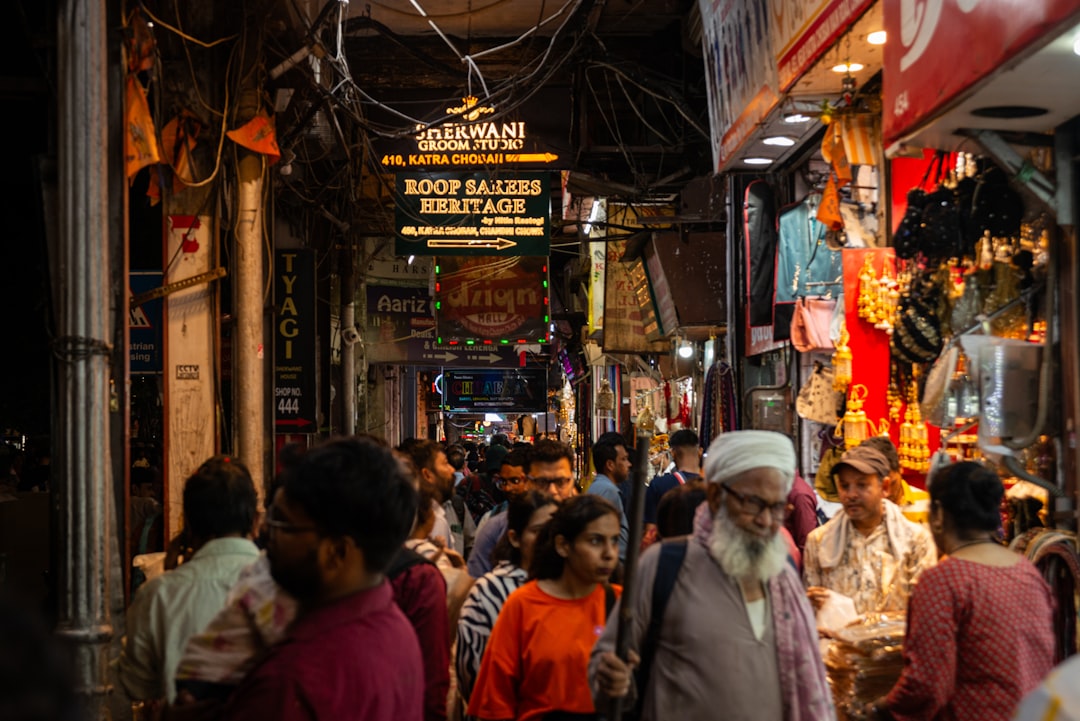India is increasingly attracting foreign brands, presenting opportunities amid global uncertainties. Explore the implications for the market.
Mumbai, India — As global economic uncertainties continue to swirl, India is increasingly seen as a promising market for foreign brands. The country’s burgeoning consumer class, combined with a relatively stable economic environment compared to western counterparts, has made it a focal point for international businesses looking to expand their footprint.
In recent months, various high-profile brands have announced plans to enter or expand in the Indian market. Companies like Nike and H&M have ramped up their investment strategies, driven by an expanding middle class eager for global products. According to a report by the World Bank, India’s GDP is projected to grow at 6.5% in 2025, making it one of the fastest-growing economies in the world, further enticing foreign investment.


The allure of India is not merely economic; cultural dynamics also play a significant role. Indian consumers are increasingly embracing global brands, influenced by social media, travel, and a desire for novel experiences. This shift is evident as brands tailor their offerings to suit local tastes, creating a hybrid model that resonates with both traditional and modern consumers.
For instance, global fast-food chains like McDonald’s and KFC have successfully adapted their menus to include vegetarian options, catering to India’s diverse dietary preferences. This adaptability is key for brands aiming for longevity in the Indian market.
For instance, global fast-food chains like McDonald’s and KFC have successfully adapted their menus to include vegetarian options, catering to India’s diverse dietary preferences.
Moreover, the Indian government has played a crucial role in this trend. Initiatives like the Make in India campaign and the recent relaxation of foreign direct investment (FDI) norms in retail and e-commerce sectors have made the landscape more conducive for foreign entrants. The FDI inflow in India reached $84 billion in the fiscal year 2022-2023, reflecting growing confidence among foreign investors.
However, competition is fierce. As more brands enter the fray, standing out becomes imperative. A survey by McKinsey revealed that 75% of Indian consumers are willing to switch brands if another offers better value or experience. Brands must innovate continuously and engage with consumers authentically to retain loyalty.
Digital platforms also play a significant role in this evolving landscape. With over 800 million internet users, India is a digital powerhouse. Brands leveraging e-commerce and social media can reach consumers more effectively, tapping into the growing trend of online shopping. According to Statista, e-commerce revenue in India is expected to reach $200 billion by 2026, presenting a significant opportunity for brands willing to invest in digital strategies.
Yet, challenges persist. The complex regulatory environment and varying consumer preferences across different regions can pose hurdles. Brands need to navigate these intricacies carefully, often requiring local partnerships to ensure success.
Looking ahead, the potential for foreign brands in India appears bright but demands strategic foresight. Brands that prioritize local adaptation, sustainable practices, and technological integration are likely to thrive. As the Indian market continues to evolve, staying attuned to consumer trends and preferences will be essential.
Brands need to navigate these intricacies carefully, often requiring local partnerships to ensure success.
In this climate of global uncertainty, India’s position as a viable market for foreign brands underscores a significant shift in global economic patterns. Companies that recognize and act on these emerging opportunities will not only enhance their market share but also contribute to shaping the future of commerce in one of the world’s most dynamic economies.






